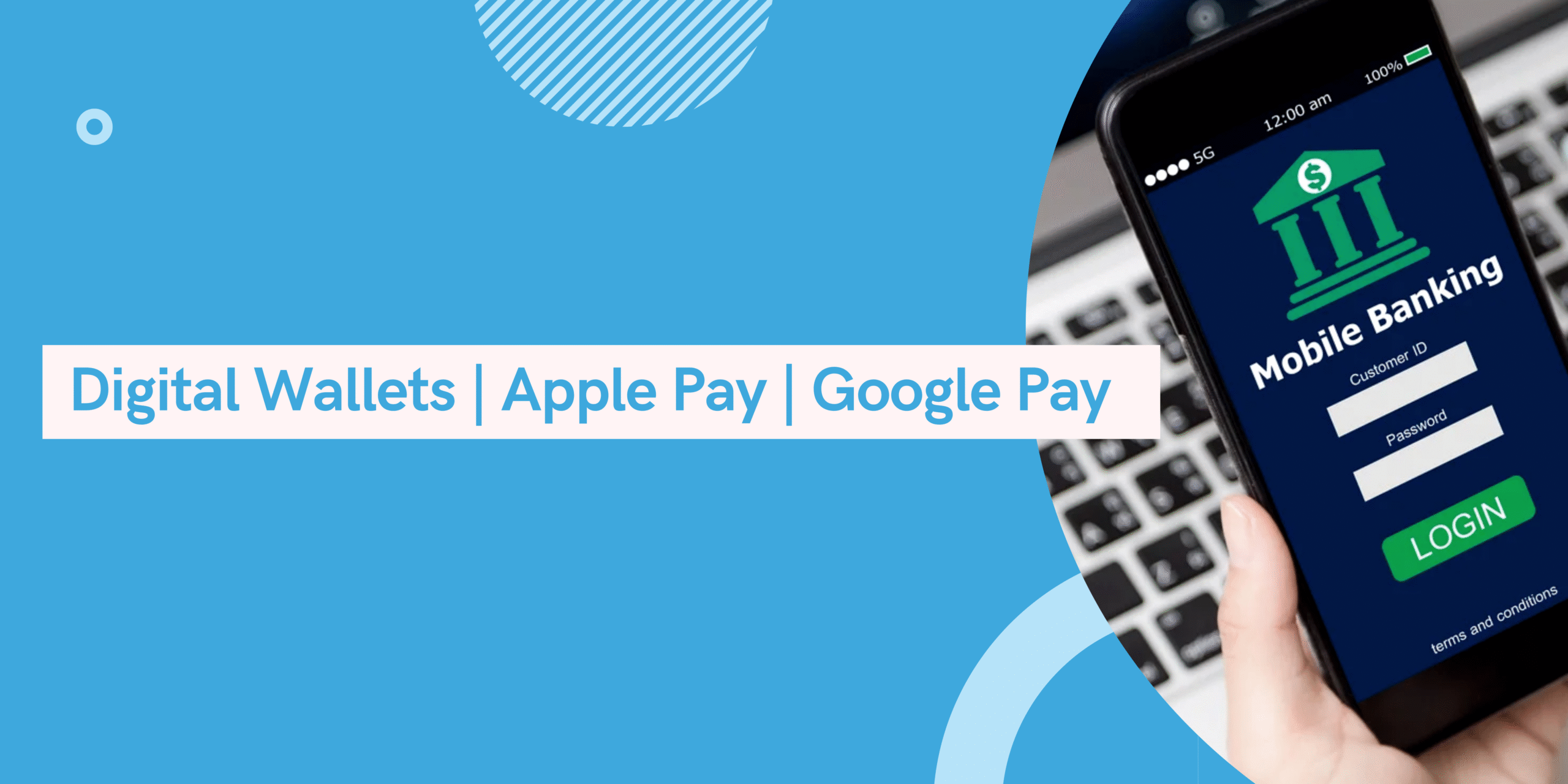Think cash is no longer king? Then think again.
Despite the tremendous popularity of digital wallets and online bill-paying options, a significant portion of Americans still prefer cash – especially when it comes to paying for utilities and other essential services.
Businesses that accept cash via convenient walk-in payment options are better positioned to reach these consumers and stand to gain a significant advantage over their competitors.
18% of Consumers Prefer to Pay With Cash
Despite a digital revolution that has transformed nearly every aspect of commerce over the last 30 years, we’re far from being a cashless society.
In fact, from 2000 to 2020, the amount of hard cash circulating in the United States actually tripled, steadily increasing by an annual average rate of 6%. As recently as 2021, consumers were still holding an average of $67 cash in their real-world wallets, purses, and pockets, while the average amount physically stored in their homes, cars and elsewhere stood at $347.
Most surprisingly, despite the widespread availability of digital payment options, 18% of American consumers still prefer paying their bills in cash at brick-and-mortar locations.
Why do so many payers loathe to abandon an option much of society views as old-fashioned? Because they see real advantages in something they view it as tried-and-true:
- Less Stress: Customers who can walk into a brick-and-mortar to pay their utility bills, housing payments, or finance loan installments are less likely to fall behind. They’re spared the worry of late fees and don’t have to stress over possible service interruptions.
- Convenience: For people without credit or debit cards or even a bank account, walk-in payments are often the only cash option they can access.
- Preference: Many people simply prefer the one-stop-shopping experience offered by walk-in payments. They can head to their local CVS or other retail outlet, purchase what they need and pay their bills at the same time.

How Businesses Benefit from Walk-In Payments
Companies offering walk-in payment options will no doubt earn the loyalty of customers who prefer paying in cash. But there are other benefits to be had, including opportunities to realize significant cost savings.
- Reduce Costs from Paper Checks: With walk-in cash payments, there’s no waiting for checks to clear, nor is there a risk of lost, returned, or disputed checks. By making it more convenient for customers to pay their bills on time, businesses can also save on postage needed to mail reminders and late notices. Finally, allowing cash payments helps mitigate the risk of fraud that has become so prevalent in the digital world.
- Reduced Overhead: Providing consumers an option to pay their bill at a nearby CVS or other retail outlet allows a company to reduce hours at their own locations and even eliminate some payment offices entirely. With fewer staff needed to collect payments, companies offering walk-in payment options can also expect payroll costs to go down.
- Lower Maintenance Costs: Convenient walk-in payment options also help customers avoid falling behind, which means fewer service calls for disconnections and reconnections. For businesses, that translates to lower labor costs, lower fuel costs, and less wear and tear on equipment.
- Offset Transaction Costs: By charging customers a small convenience fee for utilizing the service, a company can recoup the costs associated with implementing and maintaining the technology that facilitates walk-in payments.
The Process To Offer Walk-in Bill Pay To Your Customers
Here’s a detailed guide on how you can integrate a seamless walk-in bill pay system using PaymentVision’s technology.
Step 1: Initial Contact and Exploration of Needs
When a client reaches out to explore cash offerings for their consumer base, the primary goal is to identify a viable alternative that aligns with their operational needs and customer preferences. This might stem from a need to accommodate customers who predominantly deal in cash, which is often the case with housing authorities and certain organizations where up to 60% of transactions are cash-based.
Step 2: Navigating Through the Application Process
The application process is meticulously designed with an underwriting component to ensure financial stability and compliance. Due diligence is paramount, involving verification steps such as confirming the legitimacy of the active company through its Employer Identification Number (EIN). This step safeguards the integrity of the financial transactions and ensures regulatory adherence.
Step 3: Underwriting Process
The underwriting process delves deeper into evaluating the financial stability and credibility of the company. This involves a thorough examination of the company’s financial health, risk assessment, and ensuring that the company adheres to the legal and regulatory frameworks pertinent to financial transactions.
Step 4: Implementation Process
Once the application is approved, the implementation process commences. PaymentVision acquires the company’s customer information file, which encompasses data on the customer base, including who the customers are and the amounts they owe. This data is pivotal in structuring the payment system and ensuring accurate billing.
Step 5: Software and Application Integration
PaymentVision offers flexibility in software utilization. Companies can opt to integrate their existing software or allow PaymentVision to create a tailored application for their organization. Remarkably, no specific software requirements are mandated for PaymentVision to establish a company’s system, ensuring a smooth and adaptable integration process.
Step 6: Real-Time Information and Reporting
With a robust system that can either create a CSV file daily or utilize an API hook for real-time reporting into the company’s existing software, PaymentVision ensures that information is received in real-time. Furthermore, with its own reporting mechanism, “A PaymentVision Organization”, companies can access reports in real-time, keeping them abreast of the ongoing activities within their account.
Step 7: Cash Flow Management
Addressing a common query: “How do I get the cash in my bank account?” – the cash flows from the organization to PaymentVision and subsequently to the client’s account. With a turnaround time of three days into their bank account, the process ensures a streamlined and efficient cash flow management system.
Step 8: Expanding Opportunities with Higher Cash Limits
Unlike many competitors, PaymentVision can facilitate transactions up to $3000, thereby opening up avenues for more opportunities and accommodating larger transactions which are prevalent in sectors like leasing companies for larger HQ-type entities.
Once PV Walk-In Payments are implemented, your business can begin advertising its new convenient option to current and potential customers. Then, just sit back, track the real-time analytical data provided by PaymentVision, and gain valuable insight into your customers’ in-person payment activity to ensure compliance.
In Conclusion
By offering walk-in bill pay options, especially in larger stores like Kroger and CVS, and more retail locations in general, businesses not only cater to a wider demographic but also enhance their cash transaction capabilities, ensuring they are inclusive and accessible to all customer segments. This process, while thorough, ensures compliance, financial stability, and a seamless transaction experience for both the company and its customers.
Once you experience first-hand the ease and convenience of walk-in payments for both your business and your customers, don’t be surprised if you begin to consider expanding your customer-centric payment options to other channels like text or phone (IVR)!



